Let’s face it, virtual events are here to stay in one form or another. Even future live events are likely to transition to hybrid events including some video conferencing elements. The global pandemic caused by Coronavirus (COVID-19) has forced event formats to change drastically in a very short period of time. Brands, agencies, and event organizers alike have scrambled to determine what their next approach would be to replace physical events. For many, it was kind of like both building and piloting a rocket ship at the same time — all while it was traveling at over 2,000 miles per hour.
Thankfully, for the team at Bluewater, online events have been in our toolkit for a very long-time. So, we pivoted and began thinking, “How do we make this better? How do we create specific solutions for a landscape that we know isn’t one size fits all?” Based on what we’ve found to be the needs of the marketplace, combined with what our customers are asking for, we’ve narrowed it down for you to three different types of virtual events. Sure, there are some things that reside outside of this box, but for the most part, the solution exists within. The first, we simply call the standard “virtual meeting”:
1. The Standard Virtual Meeting
What is it?
This type of meeting is perfect for the mid-sized gathering or to distribute information to a widely-remote audience. It’s best suited for town hall meetings, company updates, q&a sessions, or mid-sized meetings where interaction and discussion are required. These types of meetings tend to be more informal and offer the ability to have mass real-time conversations with a remote audience.
How it Works:
Typically, this type of meeting includes some form of virtual event platform such as Zoom. Our virtual event platform, Parallel.live, was developed internally using a variety of the best options in the marketplace, but there are many platforms that will work.
This type of meeting will require an operator and/or a producer. A Bluewater operator would sit silently in the meeting. Working off of a show flow, they would then help to virtually produce the meeting. They take care of things like admitting virtual attendees when there are simply too many for an internal person to manage, or muting and unmuting as necessary so that speakers flow smoothly and questions are asked easily. In addition, the producer of this type of virtual event can help define the gallery view or even send event attendees to virtual breakout sessions! We have the ability to break attendees up into smaller virtual rooms simultaneously for smaller breakout discussions and then bring them back to the main meeting when ready.

Elevating the event experience is more important now than ever. Ensuring that switching keynote speakers, pulling up content, and managing Q&A is flawless will leave your audience and stakeholders both impressed and wowed at the level of detail possible with a virtual meeting.
Other Benefits of this Meeting Type:
- Quick Deploy
- Inexpensive Method for Meetings
- Allows for two-way Communication
- Archivable
2. The Live-Stream Meeting
What is it?
This type of virtual meeting is best for scenarios where a higher production value is desired, and there may be less interaction between presenters and the audience. This can even pair well with the other two types of virtual meetings, in that it can be an add-on to a standard virtual meeting or a prelude to (or part of) a full conference. In terms of meeting types, live stream meetings are perfect for small to mid-sized conferences, “state of” addresses, large webinars, product launches, seminars, webcasts, and other events that would otherwise be live.
How it Works:
Multiple pieces of content are ultimately layered together before being broadcast out to a larger audience. The result is a cleaner looking presentation and a meeting that looks more like a fully produced showpiece. These are the same principles of production and event management for an in-person event and is handled by many of the same people that would produce the live variation. We use special software to piece together a production like this, and then allow our experienced team to provide moderation and production. Some positions that may be required for this may include a graphic operator, audio engineer, video engineer, moderator, producer, and even a web engineer.
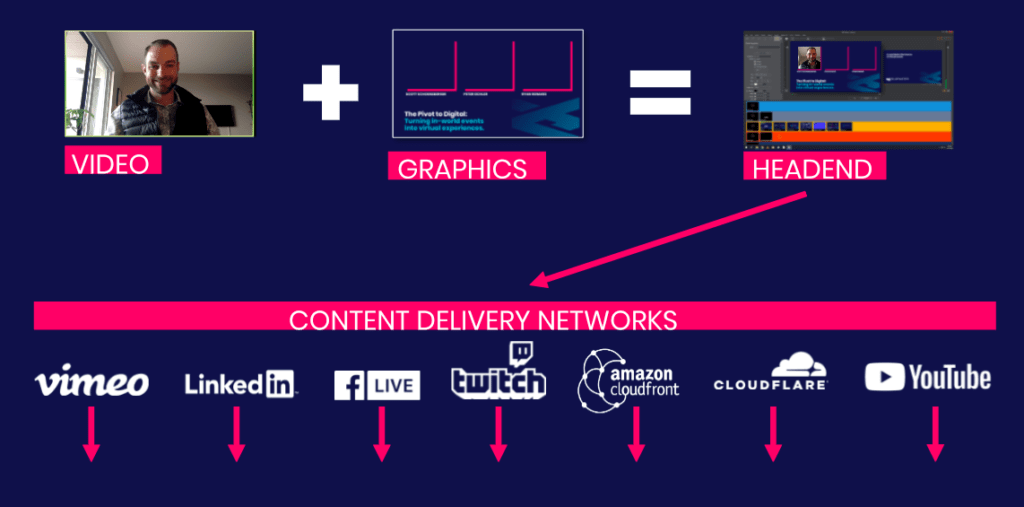
Other Benefits of this Meeting Type:
- Higher quality of production including video and audio support
- Ability to incorporate video, multiple graphics, and other visual elements
- Can scale to reach any size audience
- Archivable for future use in high resolution.
3. The Virtual Conference
What is it?
The virtual conference combines aspects of both live streaming and the standard virtual meeting. However, they house everything in an interactive platform that includes more for participants to explore. Virtual conferences can include for instance aspects such as ticketing, registration, multiple virtual stages, virtual vendor booths, and a plethora of large breakout rooms. Virtual events are a collection of assets that are brought together into an interactive virtual experience. Where participants can engage with them and one another. Content can include multiple live streams, on-demand video, panel discussions, articles, downloadable media, chatrooms and more. These virtual conference events can cover a variety of event types such as virtual trade shows, virtual networking events, job fairs, summits, expos and more.
How it Works:
Event operations takes care of ticketing and registration as well as scheduling and potential exhibitors in some instances. A production team and our creative team will take care of virtual stages, on-demand content, and non-video content. Lastly, the moderator can help with chat rooms, points of redemption, and collaborate on gamification, attendee engagement, and physical elements.
Other Benefits of this Meeting Type:
- Provides an alternative to face-to-face meetings
- Allows for similar interactions with vendors and content.
- Opens attendance to a larger and even global audience.
- Can include live, and pre-recorded content.




In conclusion, there are multiple types of meetings and events that can be held very successfully virtually. Bluewater is here to help should the need arise during your next virtual event. Need virtual turnkey solutions now? No problem.
Until then, if you’re ready to get started on transitioning your real-world event over to the virtual event landscape, check out the next blog in our series all about putting on a virtual conference.




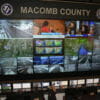


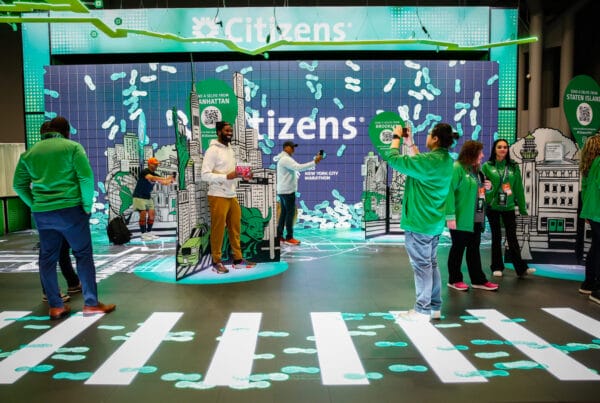
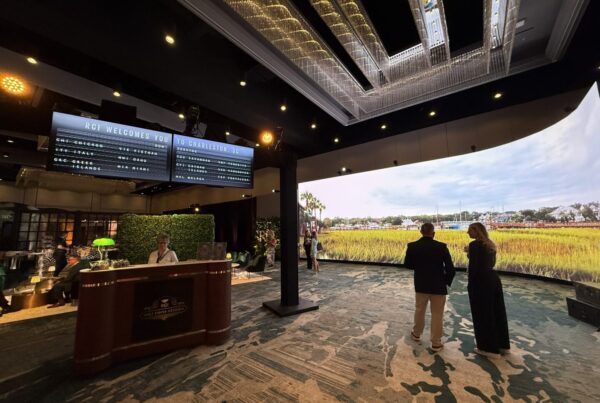
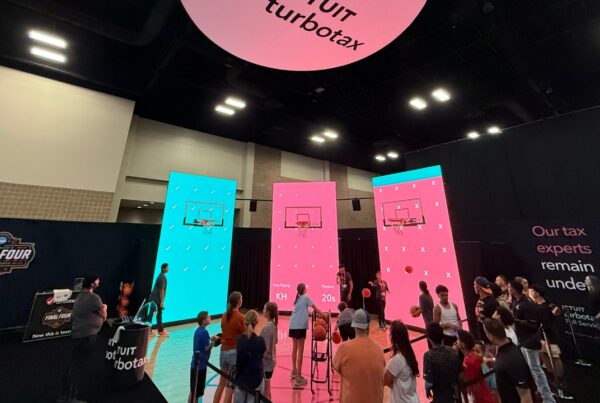



One Comment